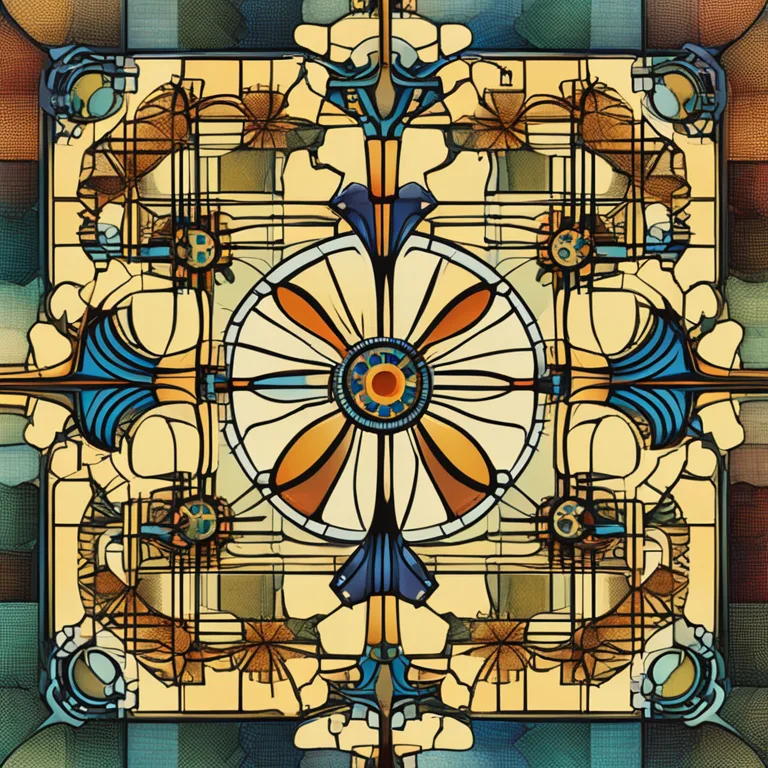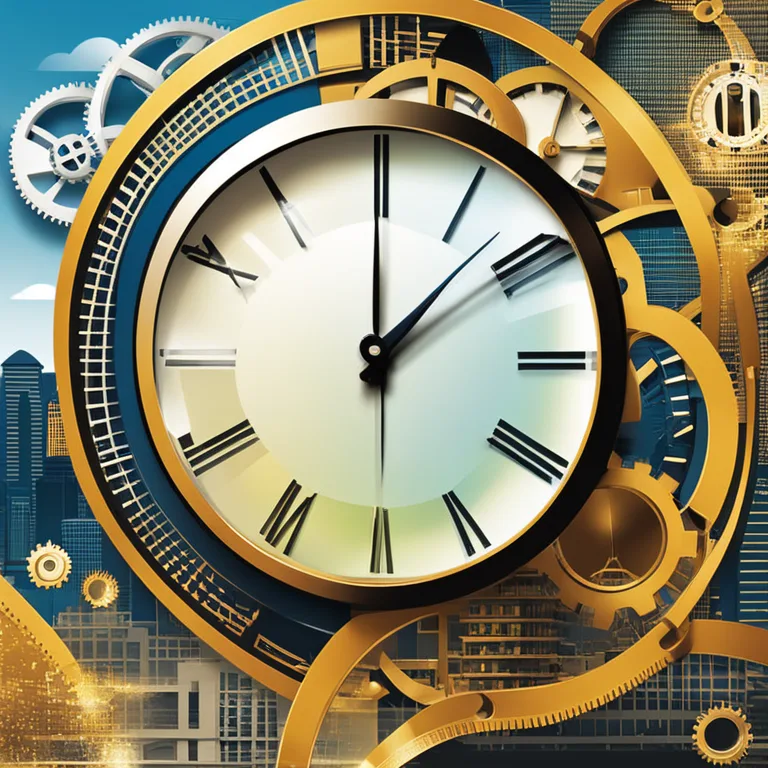
The Essence of Biological Rhythms
Delve into the significance of biological rhythms and their impact on our daily lives.
article by Adrian Wallace
Introduction to Biological Rhythms
In the intricate tapestry of life, biological rhythms emerge as fundamental patterns within living organisms, synchronizing with the earth's rotations and revolutions. These rhythms are inherent timing mechanisms that orchestrate when we sleep, wake, eat, and many other physiological processes. As we proceed through the epoch of scientific advancement in 2024 and beyond, the study of biological rhythms—also known as chronobiology—has gained significant interest in the fields of health, productivity, and well-being. It is within the pulsating heart of these rhythms that we find the keys to understanding our own bodies and how we interact with the world around us.

Defining Biological Rhythms
Biological rhythms are the natural cycles that dictate the timing of various biological processes in organisms. These rhythms can be categorized based on their duration: circadian rhythms last about 24 hours, ultradian rhythms are shorter than a day, and infradian rhythms exceed a day, often spanning weeks, months, or even a year. Illuminating these periods are not merely a matter of temporal measurement; they're the reflections of a sophisticated internal clock that influences behavior, physiology, and metabolisms—such as sleep cycles, feeding patterns, and hormonal secretions.

Circadian Rhythms: Masters of the Daily Cycle
At the forefront of these periodic phenomena are circadian rhythms, named from the Latin words "circa" meaning "around" and "diem" meaning "day." These rhythms guide our 24-hour biological clock, which is fine-tuned by external cues, predominantly light. The pervasiveness of artificial lighting and screen usage in our modern society is a growing concern for circadian rhythm disruption, leading to sleep disorders and other health issues. Despite this, technology is adapting to mitigate such effects with the advent of blue light filters and applications designed to enhance sleep quality.

The Impact of Disrupted Rhythms
The perturbations in these natural cycles—whether from jet lag, shift work, or exposure to artificial light at night—can have profound consequences. Disruption to circadian rhythms has been linked with a variety of health problems, from sleep disturbances to metabolic dysfunctions. Chronic misalignments can contribute to serious conditions, such as obesity, diabetes, depression, and even cancer. Consequently, it's crucial that as we move further into the 21st century, we cultivate societal and professional environments that are in harmony with these biological rhythms.
Biorhythms and Personal Well-being
The concept of biorhythms extends to a personalized approach to health and wellness, proposing that individual lives ebb and flow in predictable patterns. While the scientific support for personal biorhythms is more controversial, proponents suggest that tracking one's physical, emotional, and intellectual cycles can lead to optimized performance and a more harmonious existence. As the personal health and self-improvement industry continues to grow, so does the fascination with tailoring lifestyle choices to one's unique biological rhythms.
Applications in Modern Life
Understanding biological rhythms has far-reaching applications in today's society. Chronotherapeutics, the timing of medical treatment to the body's rhythms, has shown significant potential in improving drug efficacy and reducing side effects. Schools and businesses are contemplating the start times of their daily schedules to align with the optimal performance periods dictated by circadian rhythms. With the ongoing shift towards remote work and flexible hours, there's an unprecedented opportunity for individuals to align their professional lives with their biological clocks for enhanced productivity and well-being.
Future Prospects
As we continue to innovate and build upon the collective knowledge of biological rhythms, the horizon brims with potential for new discoveries and applications. Groundbreaking research in genetics and molecular biology will further unravel how these rhythms work and how we can harness them for better health and improved quality of life. The integration of wearable technology and artificial intelligence offers personalized data analytics that could revolutionize the way we perceive and interact with our biological rhythms. The future holds a more profound union between our natural cycles and the rhythms of our increasingly digital world.
Published: 1/4/2024
Modified: 1/4/2024
More predictions
Come back here soon to learn more about yourself and your future


Biorhythms Practical Uses Unlocked
Discover the applications of biorhythms in everyday life, from personal well-being to professional optimization.


Biorhythms: How They Shape Your Life
Explore the practical applications of biorhythms in daily life, from personal wellness to performance optimization.


The Practical Uses of Biorhythms in Daily Life
Discover the practical applications of biorhythms across various aspects of daily living, from personal health to decision-making.